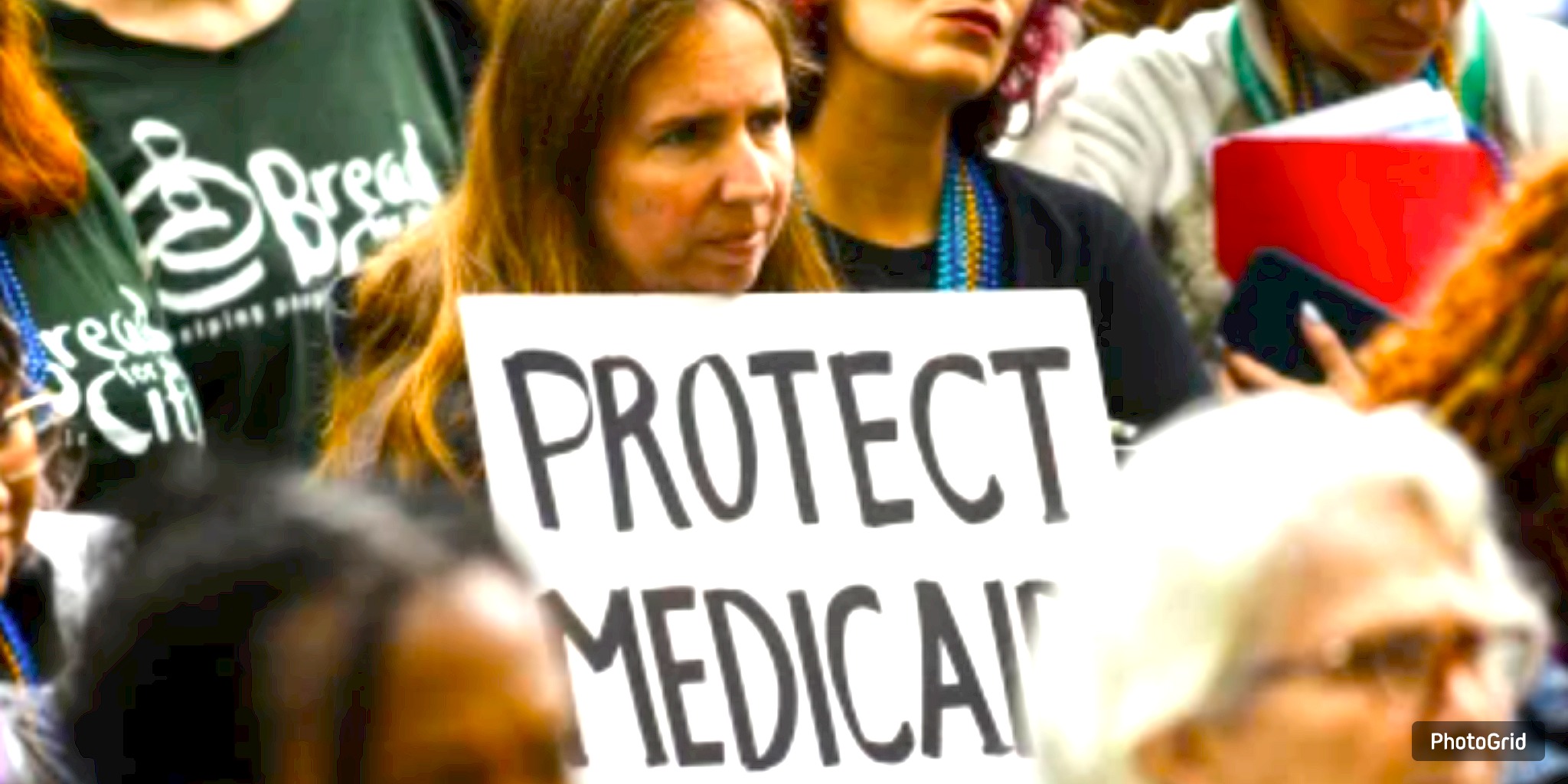Galveston Island's development is currently facing a pivotal moment. Once shaped by the dynastic wealth of the Moodys, Kempners, and Sealys, the island's historic charm now confronts the need for growth. Critics argue that these legacies—rooted in philanthropy and political power—are obstructing economic revitalization, from tourism projects to infrastructure upgrades.

Galveston Island's founding families had a significant impact on its growth and development over time, as well as on its coastal scenery and historic appeal. "The Wall Street of the Southwest" was Galveston, thanks to the Moody, Kempner, and Sealy families, who made a lot of money in cotton, sugar, banking, and building things. Local government, charitable work, and real estate choices all bear their names.
Their children and grandchildren utilize family trusts, foundations, and board positions to exclude others, rather than building new structures. These groups invest substantial funds in heritage projects, such as restoring historic houses and organizing museums and cultural events. This approach has helped preserve most of the city's architectural heritage, but it has also created hidden preservation barriers that hinder large, expensive plans.
Developers of the $250 million Margaritaville resort on East Beach said it would help the local economy. The people who built the hotel, water park, and restaurants thought they would boost Galveston's business and create jobs. When building started in 2024, there was significant opposition, primarily centered on drainage and animal protection, particularly for a small group of "genetically significant coyotes."
Wealthy coastal residents, mainly descendants of Galveston's legacy families, oppose these ideas. Many people have expressed similar sentiments about other waterfront developments and infrastructure changes. Critics argue that concerns about the character of neighborhoods, environmental damage, and Galveston's "unique identity" mask more serious concerns about the erosion of elite power.
Legacy goals also impact infrastructure. The growth of Galveston County on the mainland slows down or cancels important island road and port projects. Galveston receives approximately 8 million visitors annually, but its infrastructure is outdated. Legacy is a mixed-use neighborhood in north Galveston County that thrives, even though the island is still growing slowly.
The economic growth in the area contrasts with the current halt in development. South Padre and Corpus Christi are working hard to modernize. They are doing their part by utilizing tourism and business funding to enhance services and create jobs. In Galveston, however, family-controlled government through nonprofit boards, zoning commissions, and utility districts lets them accept or reject development based on interests that are similar to their own.
Such an arrangement is detrimental to business. Slowing down the residential part of the Margaritaville project has stopped the growth of new homes and the tax base. Planned Parenthood's struggles to continue providing care as federal rules change show how weak local services are when they do not have political or institutional backing.
While Galveston's dynasties' charitable groups shape the story of "quality of life," critics argue that their strict community values exclude newcomers, small businesses, and working-class families seeking to improve their circumstances.
Galveston is situated at the intersection of history and the future. Financial networks from the past have helped keep history alive, but they have also hindered the spread of new ideas. Without open, data-driven management that looks to the future, the island could become a museum instead of a vibrant metropolis—beautiful but trapped in the past.
To compete in Texas's fast-changing coastal economy, Galveston needs to reconcile with its past and adopt a bold vision for the future that welcomes new voices, encourages risk-taking, and allows people to transcend inherited privilege.

State Rep. Steve Toth is taking on U.S. Rep. Dan Crenshaw in the Republican primary, igniting a significant clash between hard-right and mainstream conservatives in Texas’ 2nd Congressional District.

A recently passed federal law, which cuts $1 trillion in Medicaid funding over the next decade, is causing widespread concern in Texas, as residents and advocates struggle to understand who will be impacted and when.
.jpg)
Houston faces another round of slow-moving storms on Sunday with high humidity and flash flood potential. While storms will be scattered, any that form could drop several inches of rain in a short time before rain chances diminish later in the week.